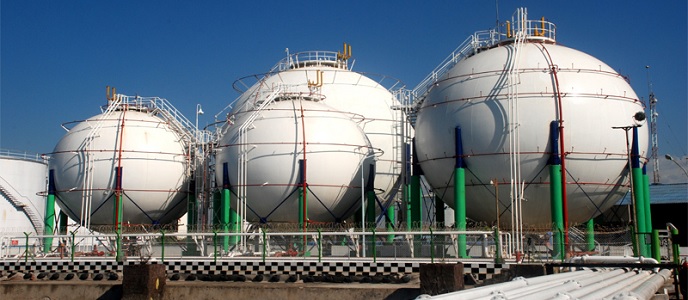Upstream Oil & Gas Sector of Indonesia in Alarming State?
With the Indonesian economy estimated to expand at a stable pace of 5.0-6.0 percent year-on-year (y/y) in the years ahead, the country's supply of energy needs to be raised. If not, businesses will increasingly be plagued by blackouts, while the price of energy rises (causing growing production costs). The upstream oil and gas industry - that involves exploration, development and production - therefore has a vital role to play in Indonesia's energy supply and economy.
During the Suharto days the central government of Indonesia could rely on a plenty of revenue through oil exports. However, the oil industry of Indonesia has been in a state of decline since the mid-1990s. But, although the upstream oil and gas industry now only contributes less than five percent to total state revenue, it does not mean that this industry plays an insignificant role in the economy and can therefore not be neglected.
When we take a look at investment in Indonesia's upstream oil and gas sector over the past couple of years, we can draw several conclusions.
In 2014 total direct investment realization in Indonesia reached IDR 541.3 trillion (excluding the oil and gas sector). In that same year investment in Indonesia's upstream oil and gas sector stood at IDR 275.4 trillion. The first preliminary conclusion here is that investment in the oil and gas sector is actually quite big in relation to total direct investment (but not necessary successful because USD $4 billion was wasted between 2002 and 2016 without finding reserves that were suitable for commercial exploitation).
However, in the years 2015-2016 we see two separate - and worrying - trends. While direct investment continued to grow, investment in the oil and gas sector continued to decline. In 2015 total direct investment grew to IDR 574.7 trillion, while investment in the oil and gas sector fell to IDR 206.6 trillion. One year later, this trend persists: in 2016 direct investment grew to IDR 607.3 trillion, while investment in the upstream oil and gas sector fell to IDR 151.2 trillion. Although it is too early to tell, this last figure may decline to IDR 110 trillion in 2017 as investment realization in oil and gas has remained weakening.

Declining investment in oil and gas is a problem because with limited exploration Indonesia will not be able to boost its oil output significantly. Lack of oil and gas exploration is usually attributed to Indonesia's weak public management, bureaucracy, the unclear regulatory framework and legal uncertainty. Moreover, the low oil price has also made it unattractive for companies to invest in costly exploration in Indonesia over the past two years. However, this cannot be used as an excuse any longer because on the global level investment in the upstream oil and gas sector is projected to rise to USD $450 billion in 2017.
Thus, when the central Indonesian government tendered 14 working areas for oil and gas exploration in 2016, investors were only interested in one of the offerings.
Although on the decline, Indonesia's upstream oil and gas sector still accounts for 3.3 percent of Indonesia's gross domestic product (GDP). Moreover, it is estimated that for each USD $1 million that is invested in the oil and gas sector, Indonesian GDP expands by USD $0.7 million (the so-called multiplier effect).
The introduction of the gross split scheme by the central government at the start of 2017 may make matters even more complex. Through the gross split scheme (which replaced the cost recovery scheme) the Indonesian government will generate earnings from (part of) gross profit as well as tax revenue from contractors' activities in the upstream oil and gas sector without needing to reimburse exploration and production costs to contractors (as was the case under the cost recovery scheme). The government said the gross split scheme leads to more efficient operations in oil and gas exploration and production as contractors will be more careful when spending funds. However, for contractors it becomes less attractive.
Another issue that complicates investment in Indonesia's upstream oil and gas sector is red tape. Although the government said it had cut the number of permits needed in the oil and gas industry, this statement only involved administrative matters related to the preparation of working areas for oil and gas. Meanwhile, those permits that are related to actual operations in the working areas still number at least 341 (spread across 19 ministries and other government agencies).
For sure, real reforms are needed to regain investors' confidence to invest in Indonesia's oil and gas sector.
